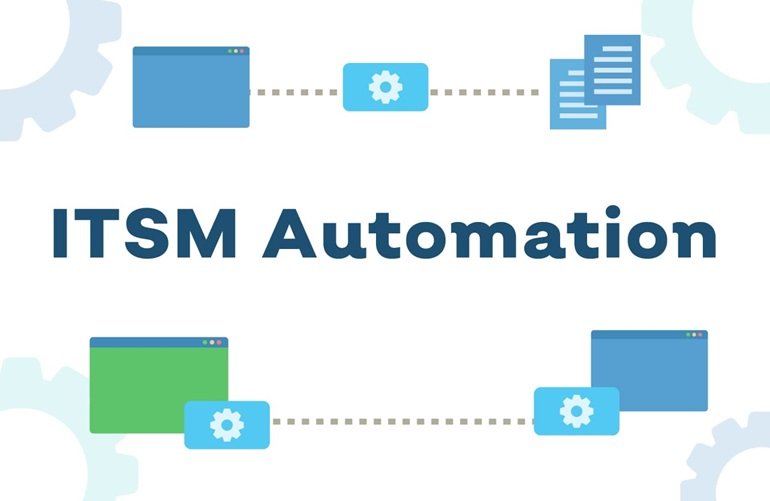Let’s face it, IT service desks can be drowning in repetitive tasks. Password resets, access requests, application troubleshooting – the list goes on. This constant influx can leave your team swamped, struggling to keep their heads above water.
This is where ITSM automation swoops in, promising to be your knight in shining armor. But before you get carried away with visions of a self-running IT department, let’s acknowledge there can be some roadblocks on the path to automation bliss.
The Monsters Under the ITSM Automation Bed: Common Challenges
- Fear of the Unknown: Change can be scary, especially when it involves jobs. Some employees might worry that automation will render them obsolete. Open communication and a focus on reskilling for more strategic tasks are key to overcoming this hurdle.
- Data Dragons: Automation is only as good as the data it feeds on. Inconsistent or inaccurate data can lead to wonky results and frustrated users. Implementing data cleansing procedures can help slay this dragon.
- The Integration Hydra: Does your ITSM system play well with others? Integration complexity can be a multi-headed beast. Choosing an automation solution that integrates seamlessly with your existing IT infrastructure can save you a major headache.
The Power of Automation & Integration: A Fairytale Ending
Now, let’s talk about the happily ever after that awaits you when you conquer these challenges. Automation and integration can be your magic wand, transforming your ITSM processes in a few key ways:
- The Time-Turner: Imagine a world where password resets happen instantly, freeing up your team to tackle more complex issues. Automation can handle these routine tasks, giving your team back precious time.
- The Streamlining Genie: Think of all those manual processes that slow you down. Integration can bring everything together in one platform, creating a smooth and efficient workflow.
- The Resource Rescue Rangers: By automating repetitive tasks, your team is no longer bogged down in the mundane. They’re free to focus on higher-level projects, leading to a more strategic and efficient IT department.
Real-World Example: From Chaos to Calm with Low-Code/No-Code
Let’s take a trip to a bustling marketing agency. Their IT service desk was a whirlwind of activity, with constant requests for software updates and new user setups. Implementing a low-code/no-code ITSM platform was a game-changer.
The marketing team could now submit standardized requests through a user-friendly portal, eliminating the need for lengthy emails and back-and-forth communication. Automated workflows handled approvals and deployments, freeing up IT staff to focus on more strategic projects like developing a new self-service knowledge base.
The result? A happier IT team, empowered marketers, and a significant reduction in turnaround times for service requests.
The Takeaway: Embrace the Future of ITSM Automation
By acknowledging the challenges and embracing the power of automation and integration, you can unlock a world of efficiency and productivity for your IT service desk. Low-code/no-code platforms make this journey even smoother, allowing even non-technical users to contribute to streamlined workflows.
So, what are you waiting for? It’s time to banish those ITSM automation gremlins and embrace a future of happy IT teams and empowered users.

ITSM Automation FAQs:
- What is ITSM automation?
ITSM automation refers to using technology to streamline and automatically perform tasks within IT service management (ITSM). This can involve AI, machine learning, and other tools to improve efficiency and reduce manual work for IT staff.
- What does ITSM stand for?
ITSM stands for IT Service Management. It’s a framework for managing the delivery and lifecycle of IT services within an organization.
- What is automation in ITIL?
ITIL (Information Technology Infrastructure Library) is a set of best practices for ITSM. Automation plays a key role in ITIL by helping to standardize processes, reduce errors, and improve efficiency across various IT service management functions.
- What are ITSM tools?
ITSM tools are software applications that help organizations manage and automate various aspects of IT service delivery. These tools can include features for incident management, problem management, change management, service request fulfillment, and more. ITSM tools can be integrated with automation platforms to further streamline workflows.




Leave a Reply